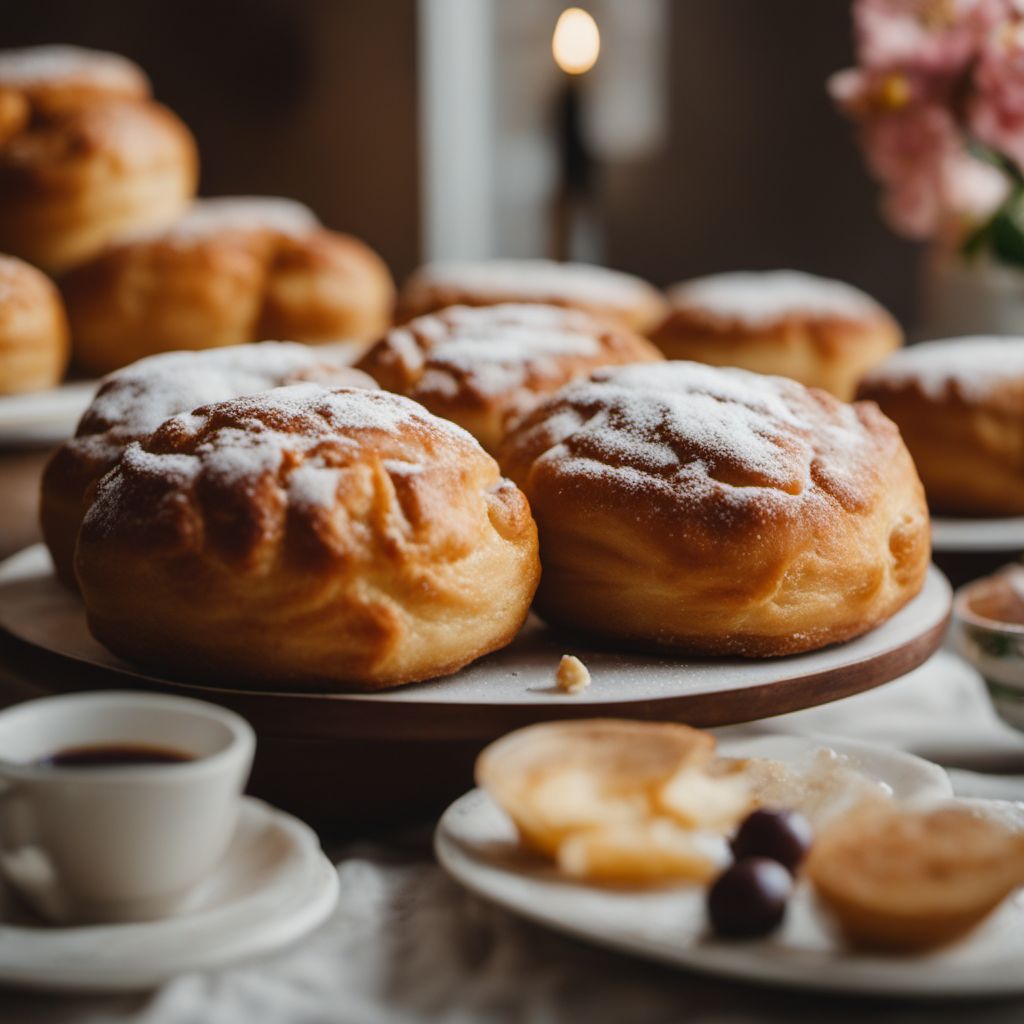
Dish
Pască
Pască is a delicious and indulgent pastry that is perfect for celebrating Easter or any special occasion. The dough is typically made with flour, sugar, yeast, milk, and butter, and is allowed to rise before being rolled out and filled with the cheese and egg mixture. The filling is usually made with a combination of cottage cheese, cream cheese, and eggs, and is seasoned with salt, pepper, and sometimes dill or other herbs. Once the pastry is filled, it is baked until golden brown and served warm or at room temperature. Pască is a rich and satisfying pastry that is perfect for sharing with family and friends.
Origins and history
Pască has been a part of Romanian Easter traditions for centuries, and is believed to have originated in the region of Transylvania. The pastry is typically served on Easter Sunday, and is often accompanied by other traditional dishes such as lamb, ham, and boiled eggs. Pască is also popular in other Eastern European countries, such as Ukraine and Russia, where it is known as paskha or pascha.
Dietary considerations
Pască contains dairy and is not suitable for those with lactose intolerance or dairy allergies. It is also high in calories and fat, so it should be enjoyed in moderation.
Variations
There are many variations of pască, depending on the region and the family recipe. Some versions use a sweetened dough and are filled with a mixture of sweetened cheese and dried fruit, while others use a savory dough and are filled with a mixture of meat and vegetables. Some recipes also call for the addition of nuts, honey, or other ingredients to the filling.
Presentation and garnishing
Pască is traditionally presented on a platter or cake stand, and is often garnished with fresh herbs or flowers. It can also be dusted with powdered sugar or drizzled with honey for added sweetness.
Tips & Tricks
To make the dough rise more quickly, place it in a warm, draft-free area of your kitchen. You can also add a pinch of sugar to the dough to help activate the yeast. When filling the pastry, be sure to leave enough room around the edges to seal it properly. Finally, be sure to let the pastry cool for a few minutes before slicing and serving to prevent the filling from spilling out.
Side-dishes
Pască is typically served on its own as a dessert or snack, but it can also be enjoyed with a variety of side dishes such as fresh fruit, nuts, or a salad. It pairs well with a glass of sweet wine or a cup of tea or coffee.
Drink pairings
Pască pairs well with sweet wine, tea, or coffee.
Delicious Pască recipes
More dishes from this category... Browse all »
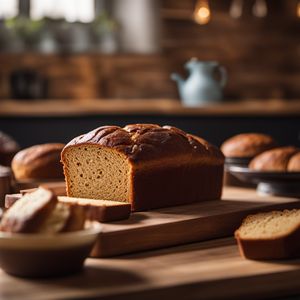
Amish Friendship Bread
American cuisine

Anello di Monaco
Italian cuisine

Aranygaluska
Hungarian cuisine
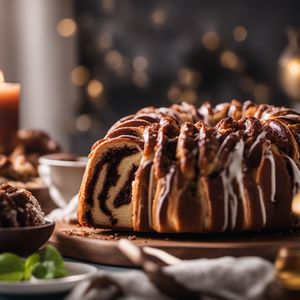
Babka
Polish cuisine
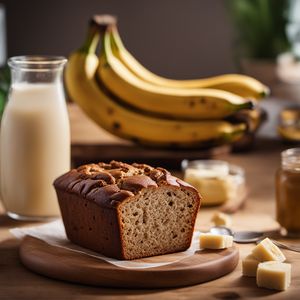
Banana Bread
American cuisine

Bara Brith
Welsh cuisine

Barmbrack
Irish cuisine
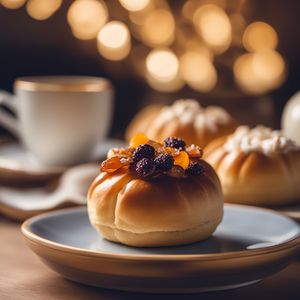
Bath Bun
English cuisine
More cuisines from this region...
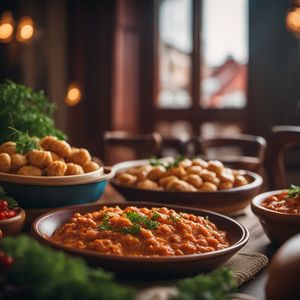
Belarusian cuisine
Hearty, Filling, Savory, Rich, Flavorful

Bulgarian cuisine
Hearty, Filling, Savory, Rich, Flavorful

Moldovan cuisine
Hearty, Savory, Flavorful, Spicy, Tangy

Romani cuisine
Bold, Spicy, Flavorful, Tangy

Russian cuisine
Hearty, Savory, Flavorful, Spicy, Tangy

Ukrainian cuisine
Hearty, Savory, Rich, Creamy, Earthy

